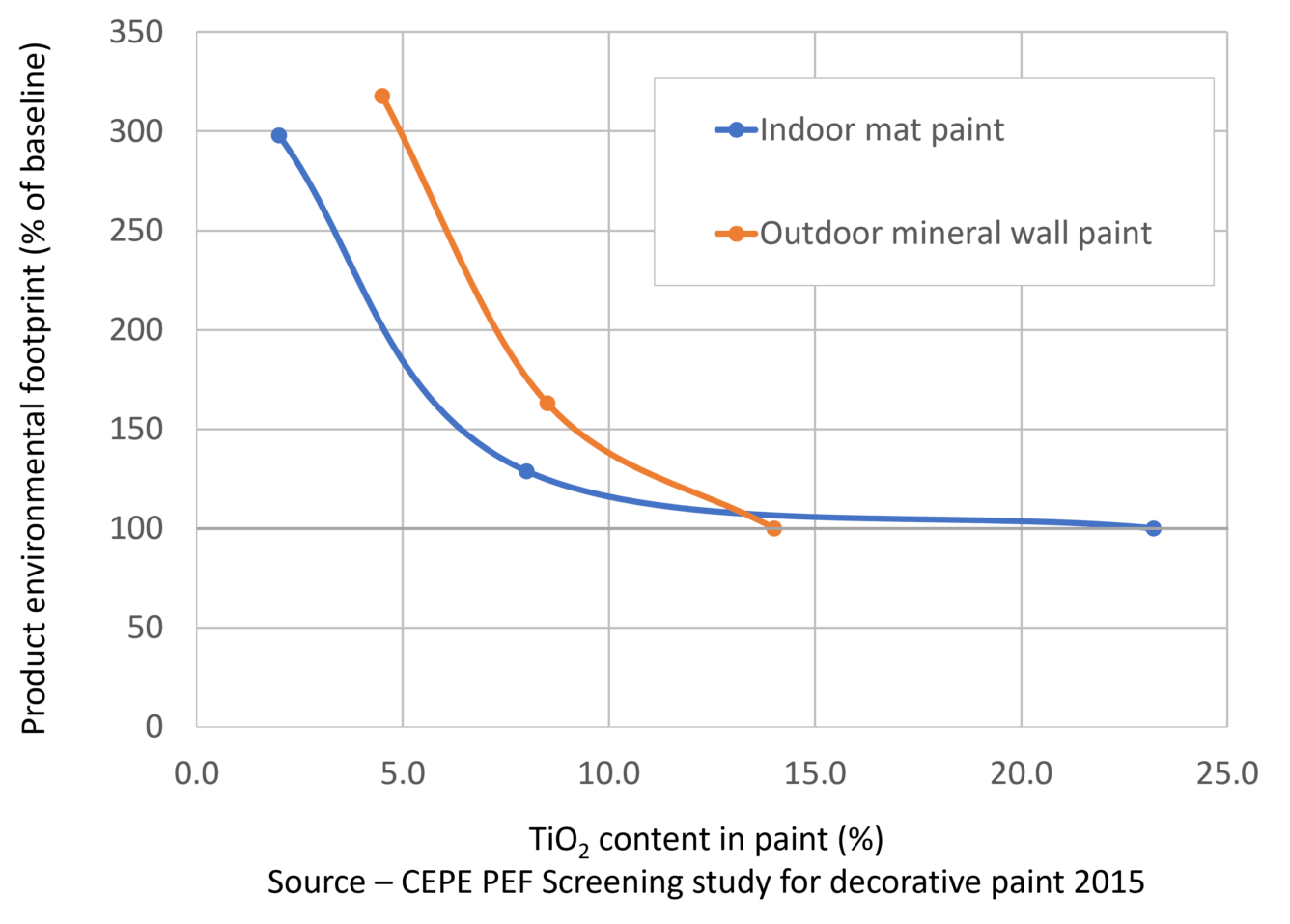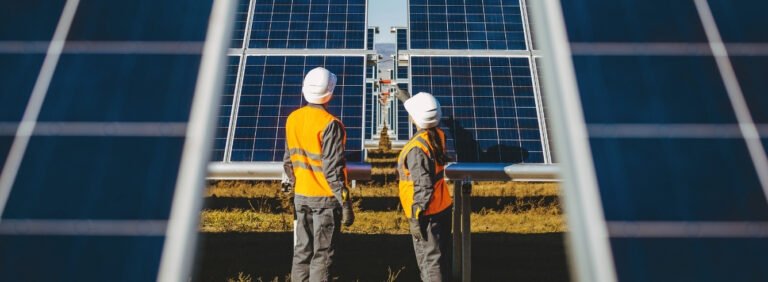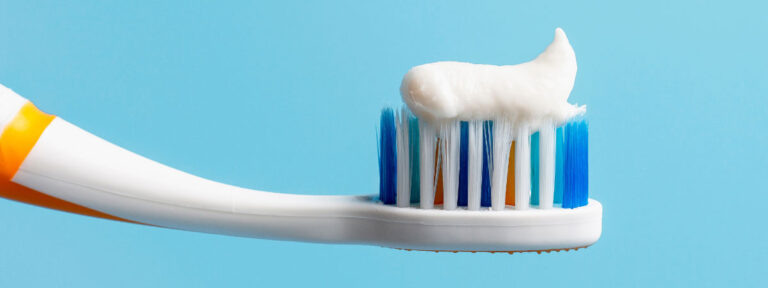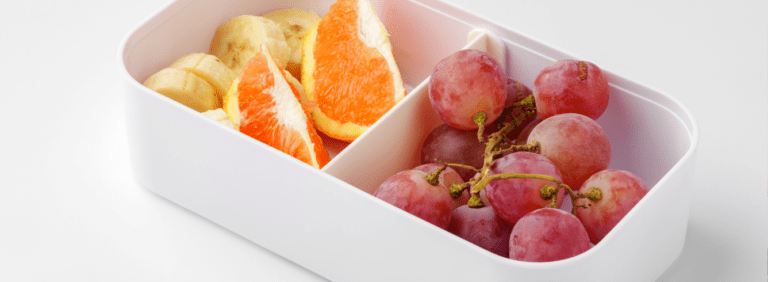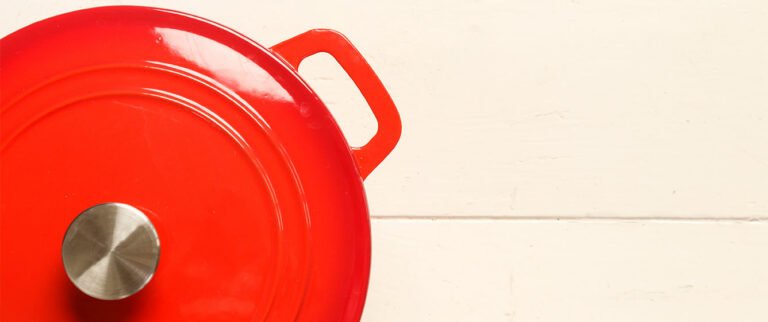Around 95% of paints are manufactured using titanium dioxide (TiO2). It is a vital ingredient that helps to produce long lasting paints for interiors and exteriors. Paints represent about 50% of the global consumption of TiO2. High quality paints formulated with high TiO2 content have the lowest environmental footprint as paints formulated with high TiO2 content have the highest opacity, meaning fewer layers of paint are required to achieve the desired result.
Product environmental footprint (PEF) of paint and coatings
Paints and coatings are the main application areas for TiO2. The TDMA has worked closely with the European Council of the Paint, Printing Ink, and Artist’s Colours Industry (CEPE) to ensure alignment between the methodology and data of the respective LCI databases.
The European Commission has identified life cycle assessment (LCA) as the best framework for assessing the potential environmental impacts of products and has established the European Platform on Life Cycle Assessment (EPLCA), which develops the methodology for the EU Product Environmental Footprint (PEF) and hosts various databases. CEPE provides the data for the Chemicals for Paint in conjunction with Ecomatters which undergoes rigorous compliance checks by the European Commission. As a result of the cooperation with CEPE, in 2023, TDMA LCI data for TiO2 was fully incorporated into this database to the latest EF 3.1 standard. See the CEPE LCI NODE.
Product environmental footprint (PEF) of decorative paints
In 2015, CEPE commissioned a study from Ecomatters to evaluate the paints used to coat interior walls and ceilings, exterior walls, and interior and exterior trim and cladding over the total lifetime of a building. The results showed that high-quality paints formulated with high levels of TiO2 pigment have the lowest PEF when compared to lower quality paints formulated with low TiO2 content and high extender content.
Paints formulated with high TiO2 pigment content have the highest opacity. This means that fewer coats of paint are needed to achieve the same coverage. Use of TiO2 pigments in paints also helps to make them more durable, helping to prolong their lifetime.
Using highly opaque and highly durable paints to decorate a product helps to reduce the need for redecoration during a product’s lifetime, helping to reduce its overall environmental footprint.
The chart shows that paints with high TiO2, content which gives high opacity and long durability, have a lower total PEF versus paints with low TiO2 content.
